Heat Damage – Can you come back from it?
The sun is shinning, you are out more in the sunshine and there are many special occasions that require styling which sometimes include heat. This is the time to remember your nanny's famous words - "prevention is better than cure". This applies to almost everything, including heat damage on your curls.
How do I tell if my hair is heat damaged?
If you’ve been using lots of heat styling tools, then the chances are that your once gorgeous curls are probably damaged in some form or the other. Then the question you want to know is: How badly is my hair damaged?
A quick test to see if your hair has any degree of heat damage
A quick test to see if your hair is heat damaged is, whilst wet and fresh out the shower, take a strand of hair and pull from both ends.
If the hair stretches about a third and bounces back to the original length then you are probably experiencing some dryness, but not heat damage.
However, if your hair strand only stretches a tiny amount, not at all, or just snaps then you’re almost definitely dealing with some level of heat damage.
Levels of heat damage
It might surprise you to know that not all heat damage is the same.There are in fact, 3 levels of heat damage. Here is how you can easily identify them.

Level 1:
Level 1 is the mildest of the levels of heat damage. In this level, the cuticles are slightly lifted, giving a textured appearance, but the cortex is not completely exposed. You will notice that your hair will look a but duller than usual and sometimes thinner at the ends.
Level 2:
There are abrasions to the cuticles and the cortex is exposed, making it more susceptible to further damage. Your hair colour (both natural and coloured) can fade, you’ll see an increase in split ends and the hair will feel rougher in texture.
Level 3:
The cuticle is fully damaged or missing completely, the cortex is fully exposed and very vulnerable to further damage from heat or outside sources. Your hair is rough to the touch, feels coarse, lacks shine, tangles easily and there are lots of split ends and breakage.So, what causes heat damage?
Mainly heat tools, but also the sun can play a part in damaging your hair. Hence why it is always best to treat your hair like you would your skin, apply SPF, or in your hair’s case, heat protection before exposing your hair to any type of heat. This could also be in the form of a hat or scarf in the sun.
Once the hair is damaged, remember it is then more more vulnerable and weak and therefore susceptible to further damage from outside sources, such a harsh hair ties, sun, chlorine, bleach etc.
How can I fix my heat damaged hair?
The short answer is that you can’t ever completely fix hair that has been heat damaged hair, particularly if the damage is Level 2 or 3. Even though curls have a memory, sometimes the image done is irreversible.
The best heat damage management game plan is prevention.
However, there are ways you can improve the appearance of heat damaged hair and ways to prevent further damage!
If you suspect your hair is becoming heat damaged, the best thing you can do for hair care is to not apply more heat tools, and keep your hair as covered as possible in the sun! Regularly trim the split ends off and take good care of the regrowth with moisture, a good Leave In Conditioner and regular hair mask application.

However, sometimes one wants and needs to use a little heat! We do love our diffusers after all!
So before you reach for the heat, let’s give you some great tips for preventing heat damage/further heat damage.
Top 10 Heat Protection Tips to help Prevent Heat Damage
- Heat protection is a strict must! Whether you are using styling tools or going out in the sun. Our hair mask contains Meadowfoam Seed Oil, which is a natural heat protector, but so is quinoa, which is found in our whole collection! All of which are some of best components for natural hair products.
- LOW HEAT! If you are diffusing your curls, use a low heat and low power setting. The same goes for blow dryers, straighteners and curling tongs.
- Regular hair care such as hair masks to combat dryness and add moisture!
- Regular trims to keep the ends fresh and healthy. This will prevent any split ends from splitting further up the hair strand, which is what leads to thinning ends and then breakage.
- Do not apply heat to damp hair! No one wants that burnt hair sizzle smell and sound!
- “One and done” Heating the same chunk of hair multiple time wills cause severe damage! If you are straightening, use a lower heat and carefully run them over the hair once or twice to prevent damage, letting the hair cool inbetween. Doing it more than that runs the risk of completely distorting your curl pattern and causing permanent damage.
- Heat style on clean curls only (shampoo and conditioner plus the essential heat protection), you don’t want there to be too much product in your hair, as this can cause that burnt smell, which only causes horrendous flashbacks and more damage!
- Regularly clean straighteners and curling tongs so any dirt or product on them doesn’t burn into your hair.
- Detangle before straightening to avoid applying heat to the tangles.
- Avoid heat styling more than once a week, or even better, save for special occasions only!
If your hair is heat damaged moisture, regular trims, time and patience can do wonders for your curls. There is always light at the end of the tunnel. Your natural curls are beautiful, love them!
Check out how Emma restored her heat damaged hair over lockdown
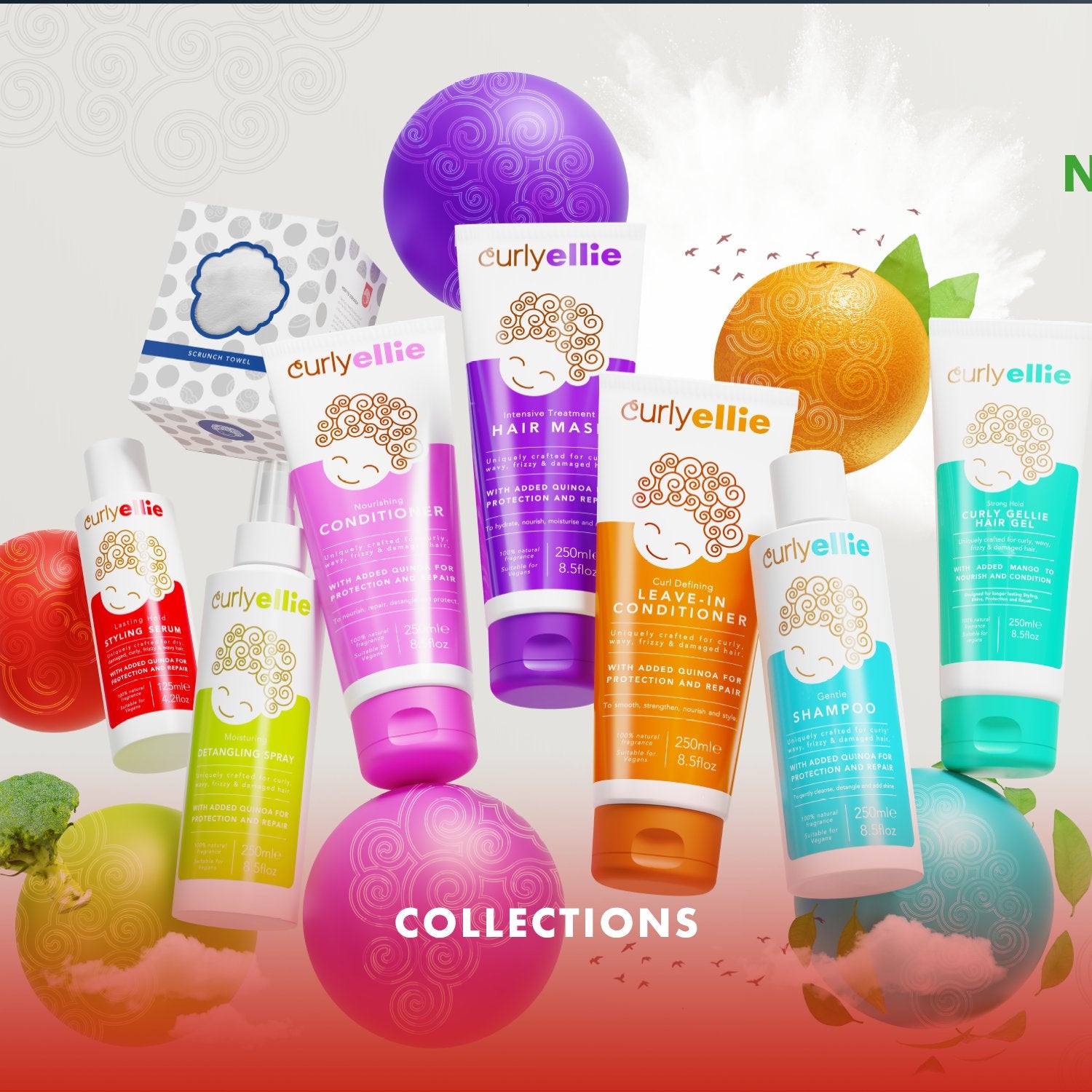
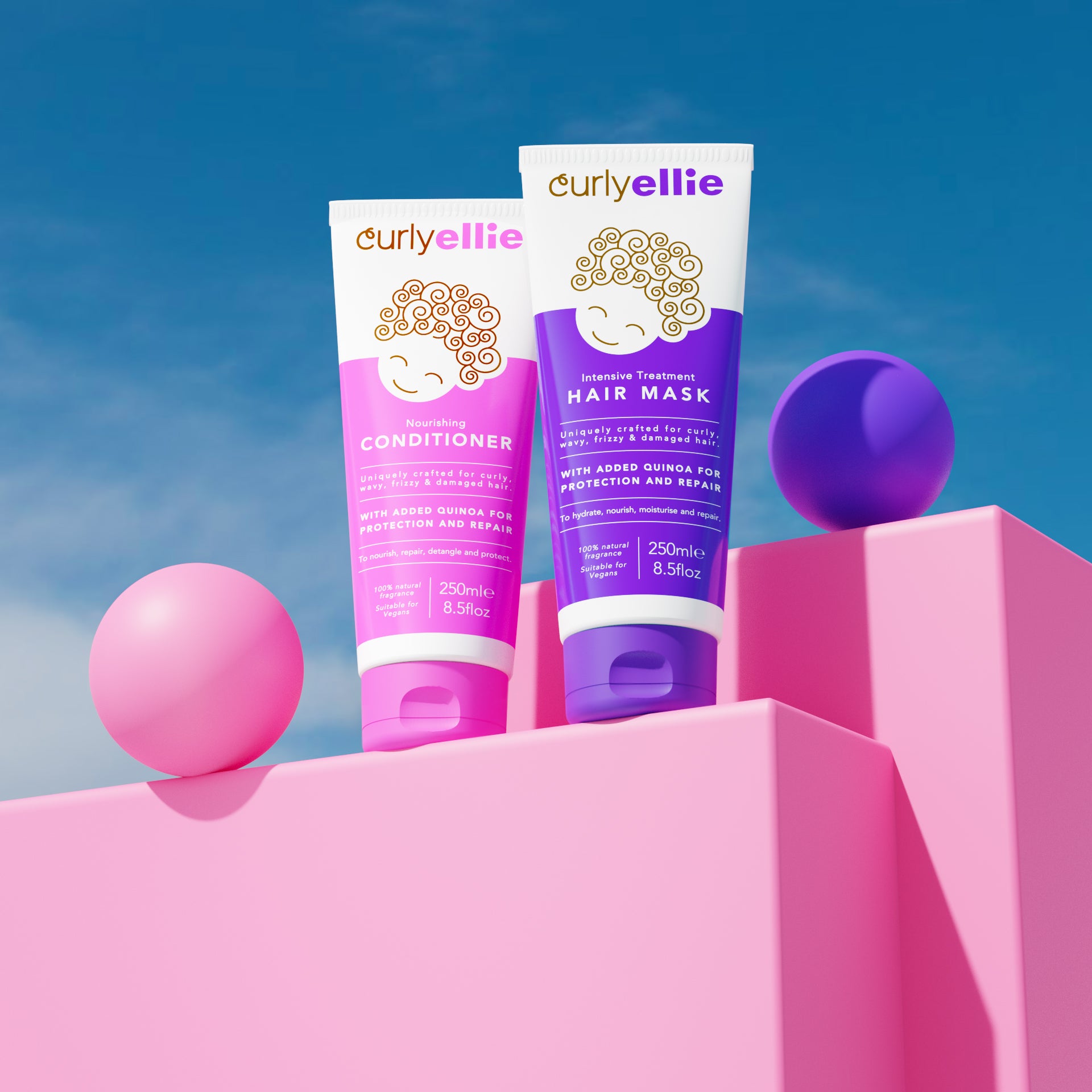
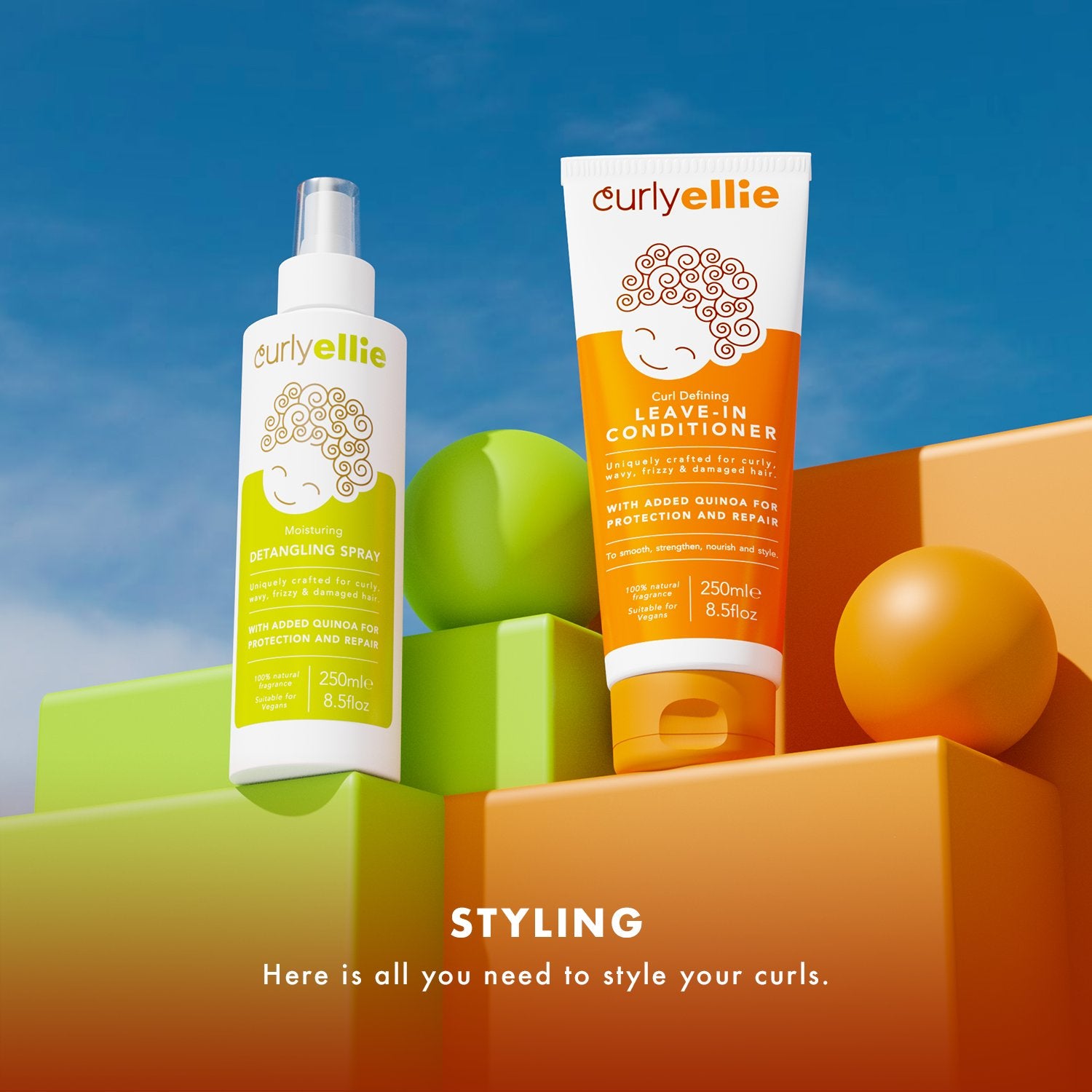
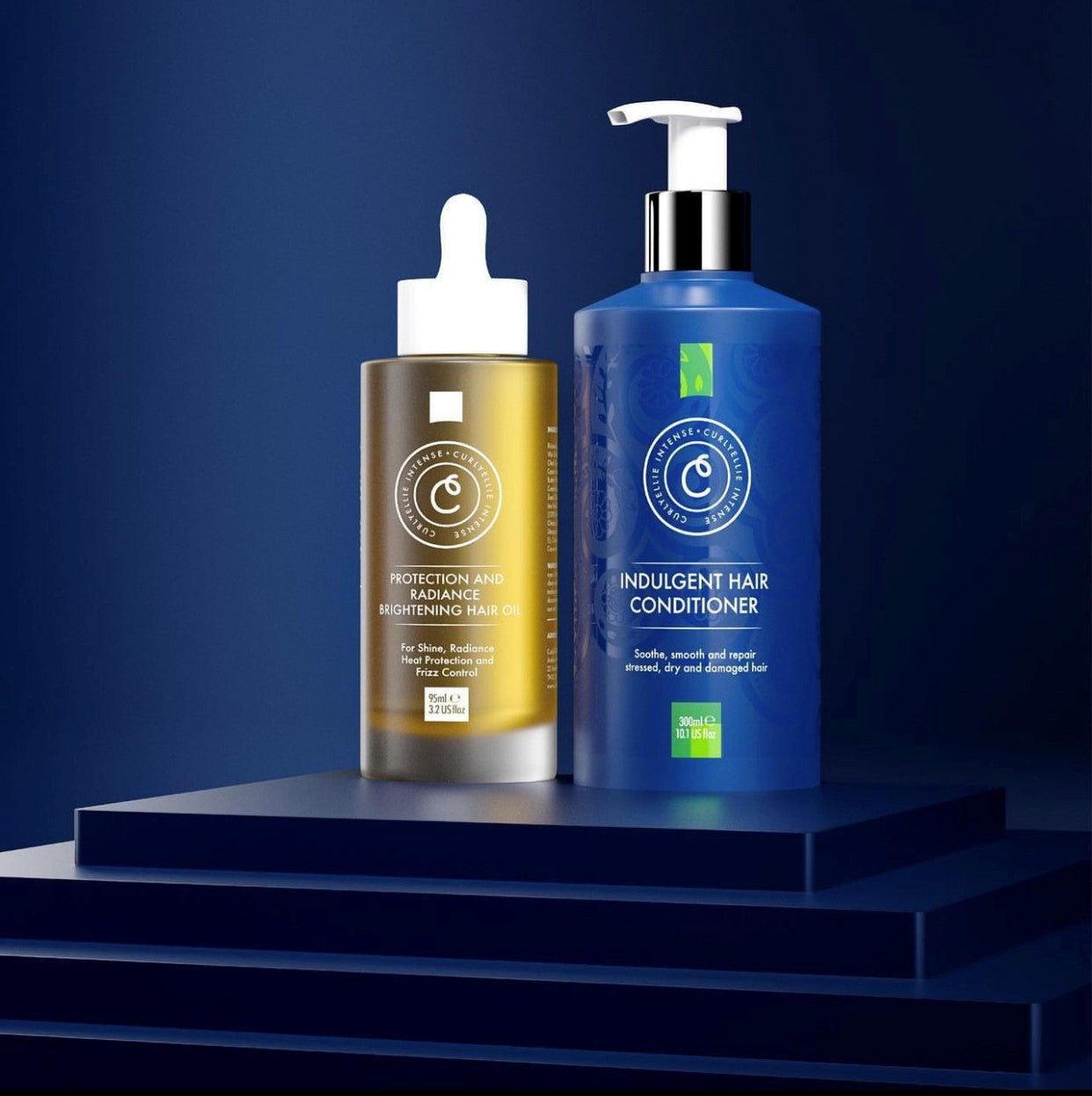
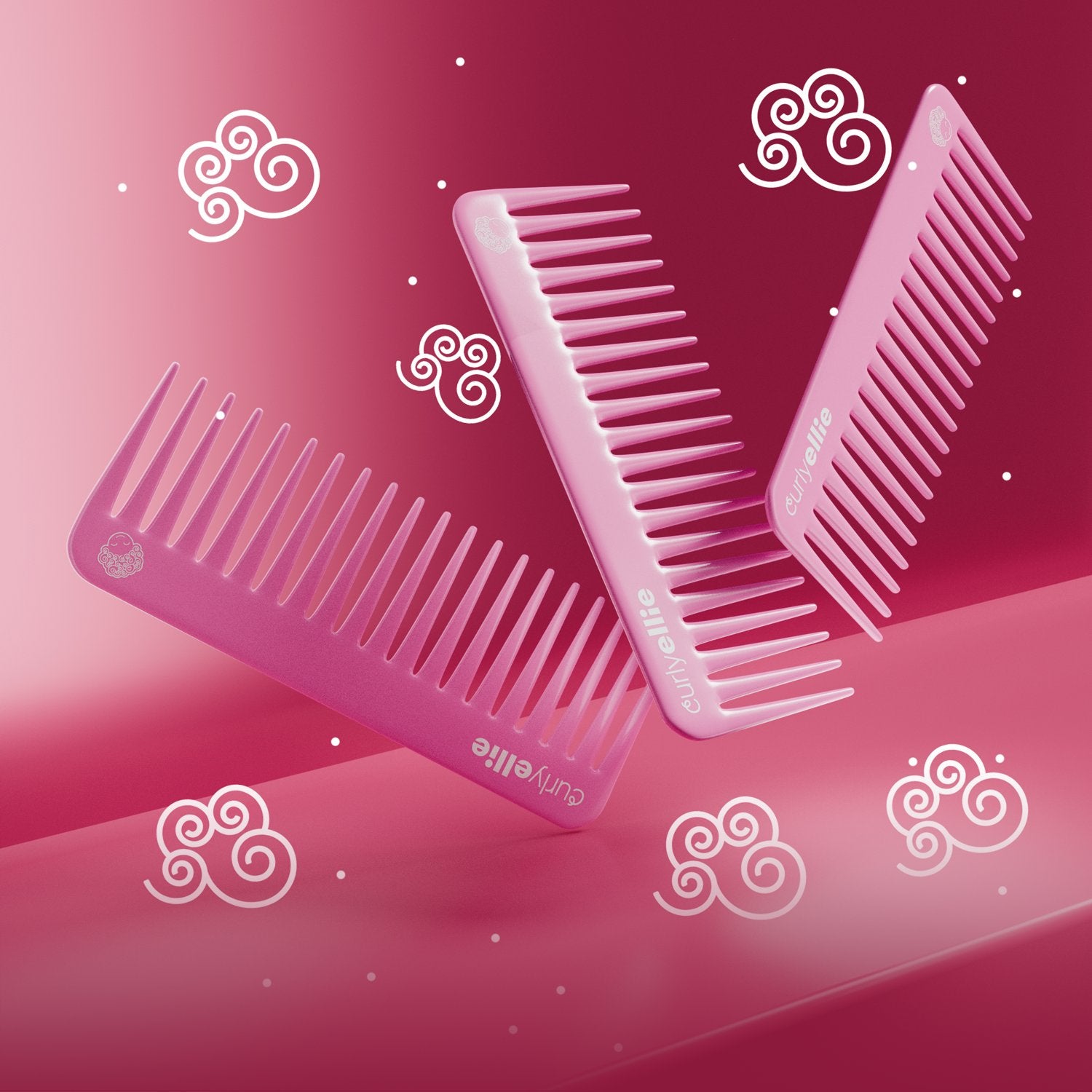




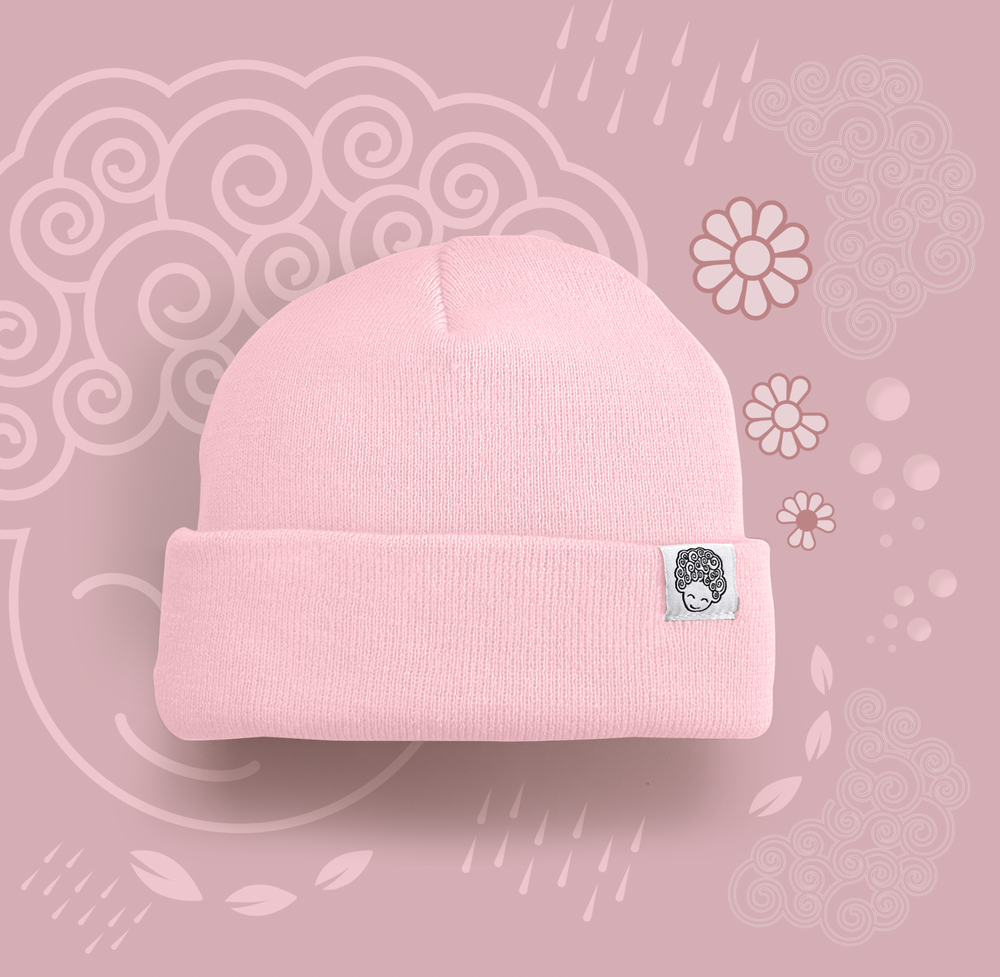

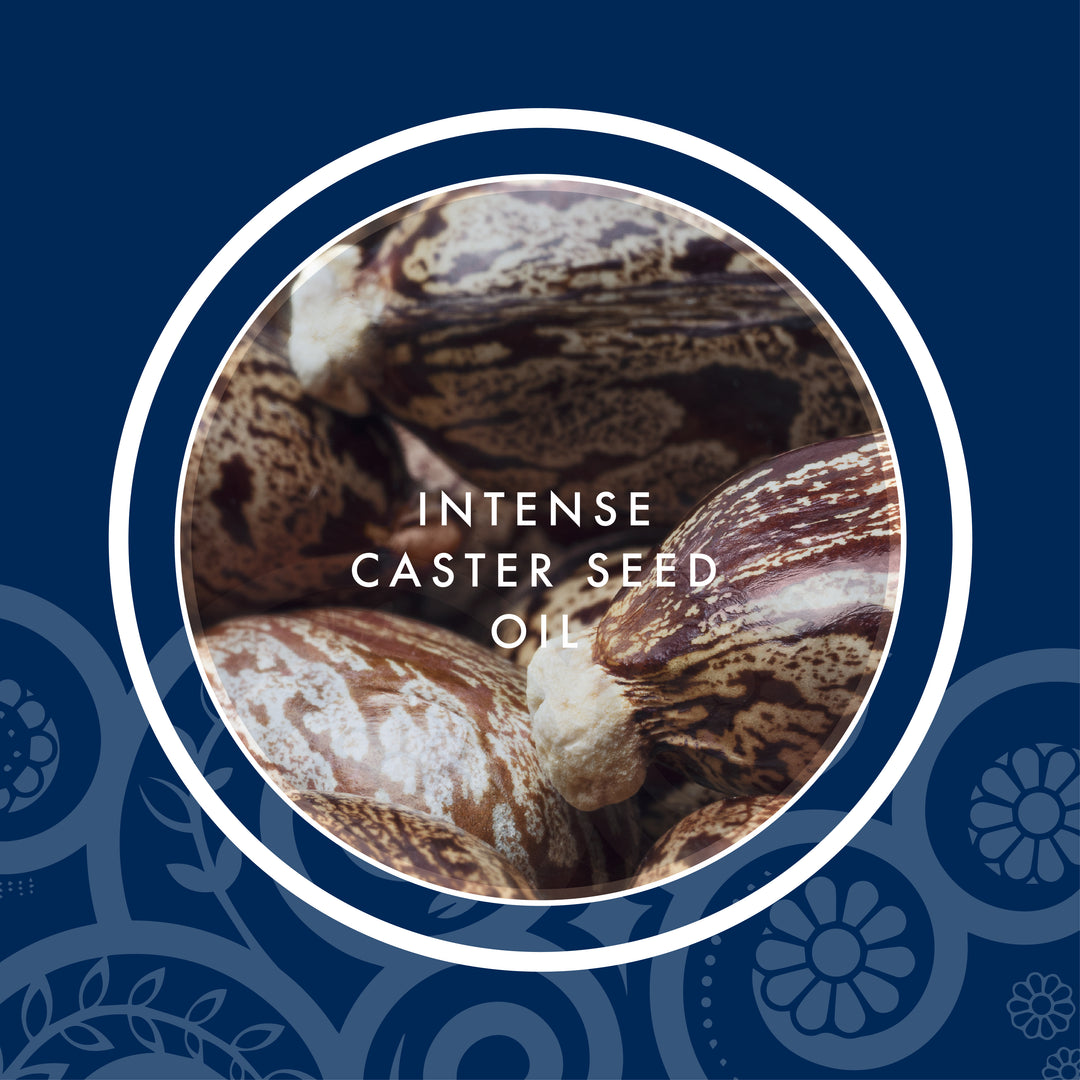
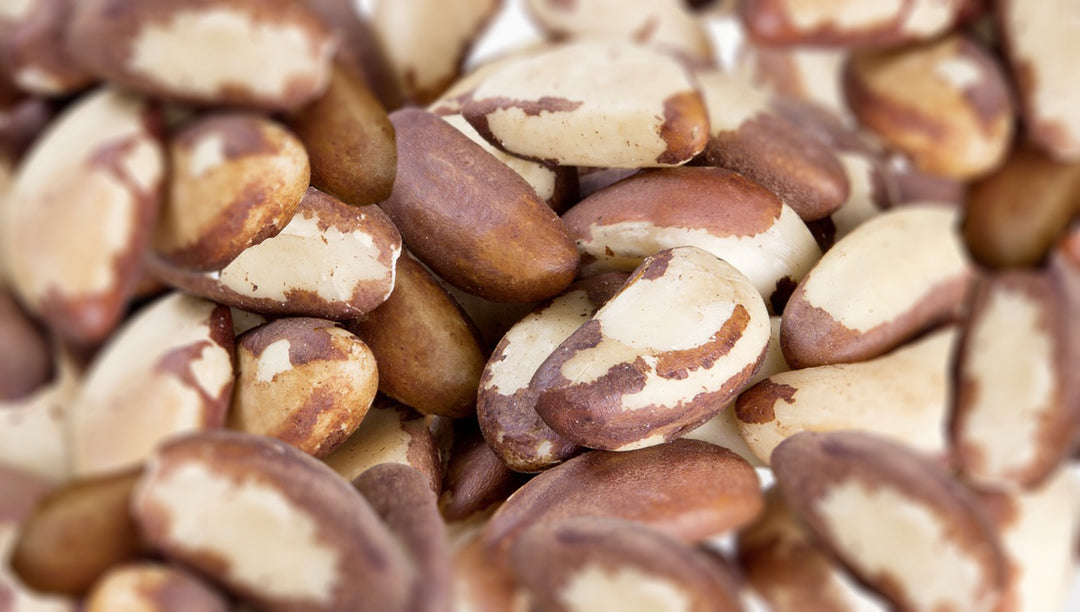
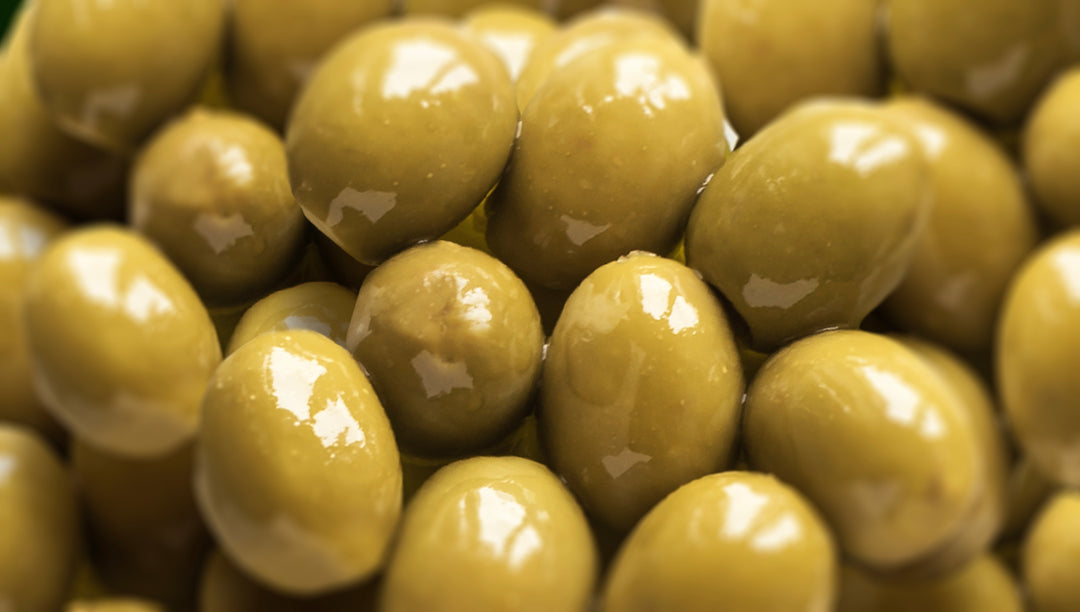
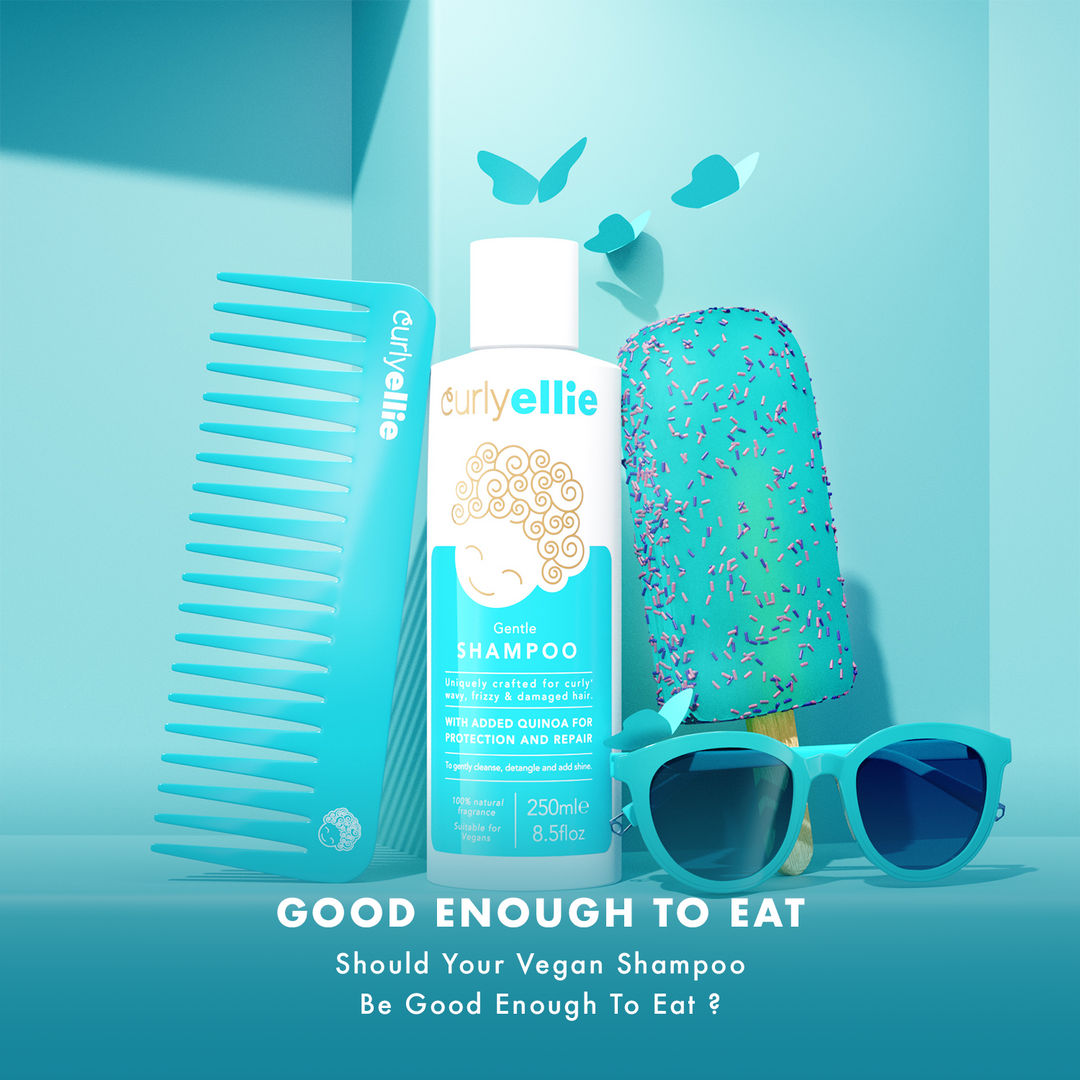
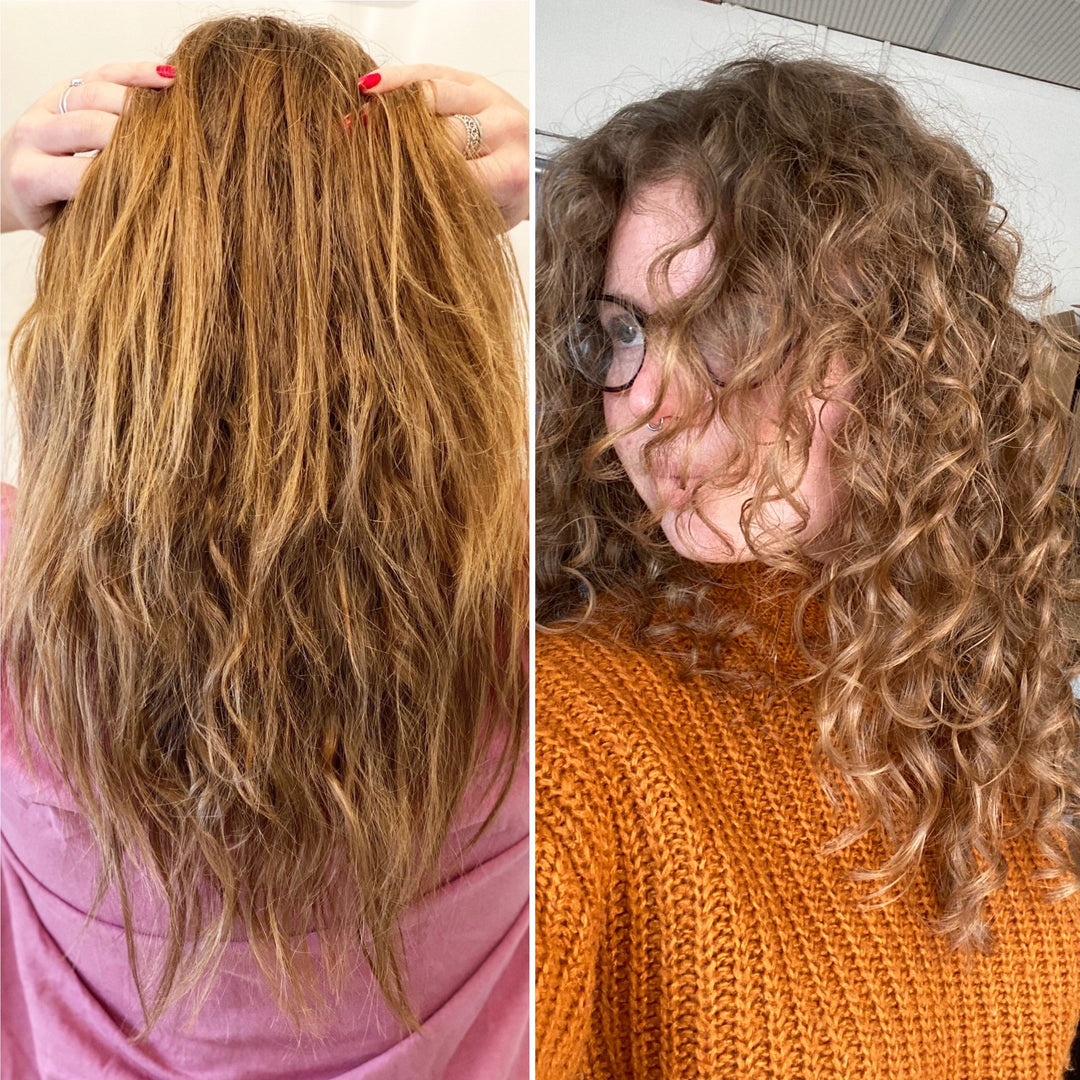
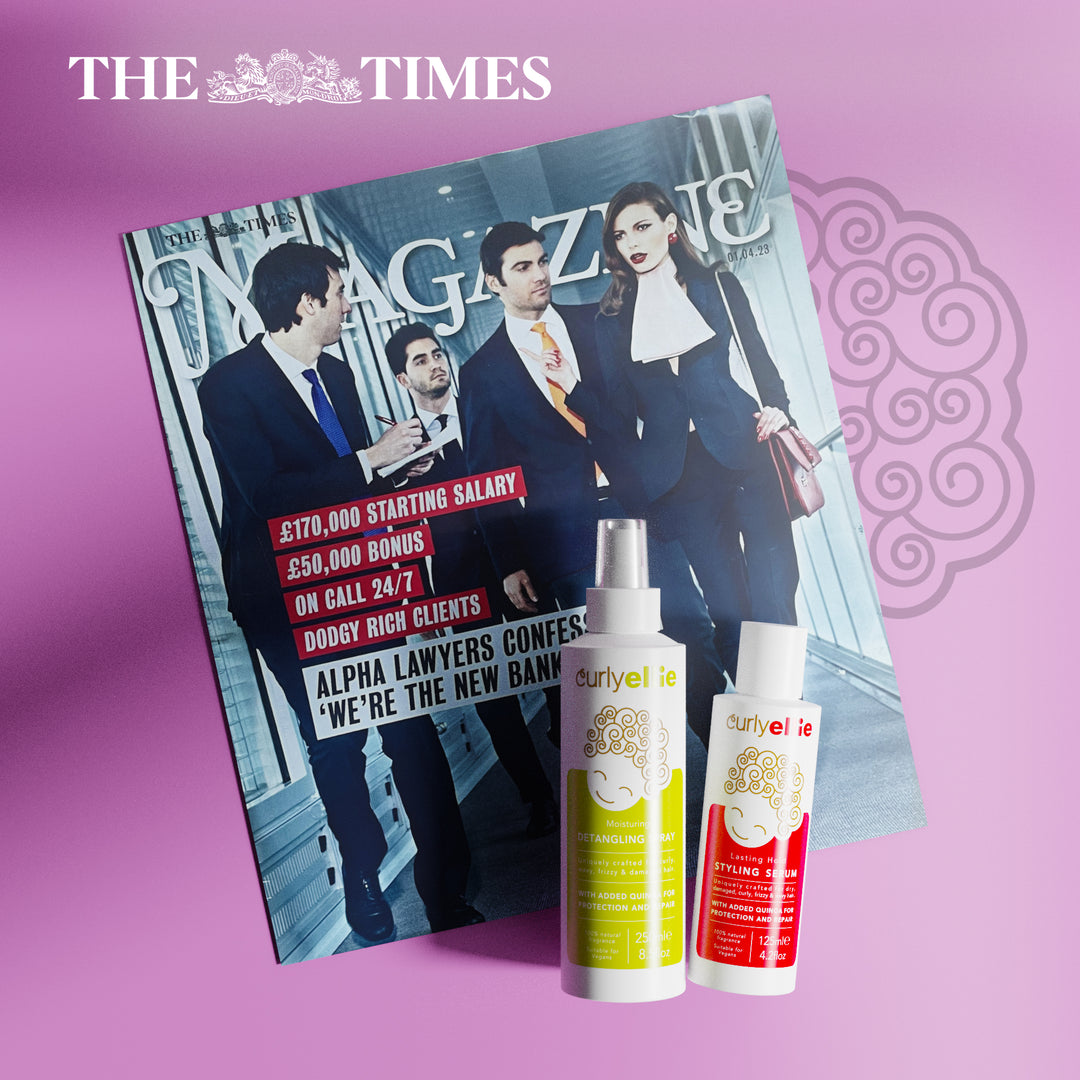
Leave a comment